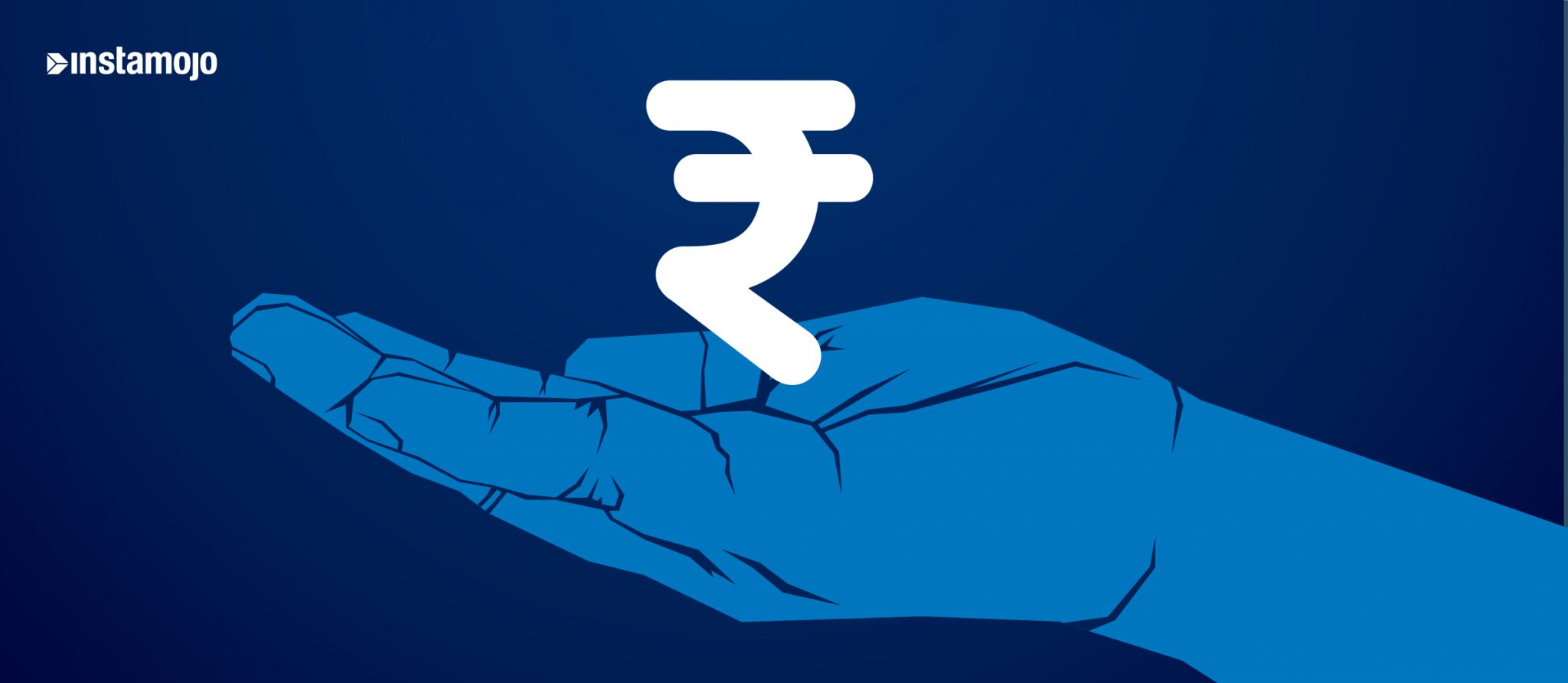With so many payment options available today, which one should you be using for your business? Let’s take a look at the three most popular methods Indian businesses use to collect payments to help you decide what you should choose – NEFT, RTGS or UPI.
What matters to your business
Before we get to evaluating the best payment mode for your business, let’s get some things straight.
When it comes to payments, there are some priorities we would all like to maintain:
- Timely payments: We want money to reach our bank account at regular, uninterrupted intervals.
- Faster payments: The faster it reaches our bank account, the better!
- Pricing: we want a payment partner that doesn’t burn a hole in our pockets.
- High success rates: We want a reliable payment mode and don’t want payments failing every now and then!
- More choices for your customers: We want to be able to give our customers the freedom to choose the mode they want to pay us with.
Understanding NEFT, RTGS, UPI
NEFT, RTGS, and UPI are all payment modes offered by banking partners and payment gateways that you can use to collect payments from your customers online. Here’s a short introduction to each of the modes.
NEFT (National Electronic Funds Transfer):
NEFT is an online money transfer service where any person can send/receive money given both parties have an account number and the bank is enrolled in the NEFT program.
RTGS (Real Time Gross Settlement):
RTGS is also an online money transfer service that allows you to transfer funds on a real-time (immediate) basis. The only difference between NEFT and RTGS is, the money is settled in batches for NEFT making it slower.
UPI (Unified Payments Interface):
UPI is a quick payment mode built on the Immediate Payments Service (IMPS). Made by the National Payments Corporation of India (NPCI), UPI is the newest and fast-growing payment mode. In June 2018, the NPCI clocked over 240 million transactions accounting for 30% growth month-over-month.
Choosing the right mode of online payment
Here’s a comparison chart for the three modes of payment.
|
Feature |
NEFT | RTGS |
UPI |
|
Device of use |
Phone and website | Phone and website | Phone and website |
|
Payout speed |
1-2 hours |
About 30 minutes |
Instant transfer |
|
Timings |
24*7 operational | 24*7 operational | 24*7 operational. |
|
Complexity |
Requires IFSC, A/C no, and adding beneficiary. | Requires IFSC, A/C no, and adding beneficiary. |
Just requires a Virtual Payment Address (VPA). |
|
Bank a/c details |
Absolute must | Absolute must |
No need |
|
Charges (for sender) |
Zero transaction charges | Zero transaction charges |
Anything between₹ 3 and ₹ 15 depending on the amount. Person2Person is Free |
|
Transfer limits |
No upper limit. Cash-based remittances limited to₹ 50,000 | No upper limit |
₹ 1 Lakh per day |
| OTP requirement |
Yes (depends on device and bank) |
Yes (depends on device and bank) |
No |
With Instamojo, you can collect payments via NEFT and UPI, while also giving your customers the freedom to pay via Debit cards, Credit cards, Wallets, and even net banking!
Just share your payment link anywhere, anytime and get paid in just two clicks for a small flat transaction fee! You may even try the free version.


5 comments
This is very useful information for us, thanks for sharing this…
Hey Rapti, the comparison chart is just awesome but I think most of the peoples are using UPI as it is fast and easy too. Plus, it doesn’t need any account number or ifsc code.
Nothing wrong with upper limits, but RTGS has a lower limit of Rs.2 lakh per transaction. anything below that has to go as NEFT.
Nice comparison chart. But I think this needs some editing.
1. NEFT limit is mentioned as Rs. 10 Lakh per day, which is wrong.
2. Regarding Charges for sender, NEFT and RTGS is free in most of banks if done using netbanking. Also, currently UPI is free as per my knowledge. Correct me if I am wrong
Thank you for pointing it out Gautam.